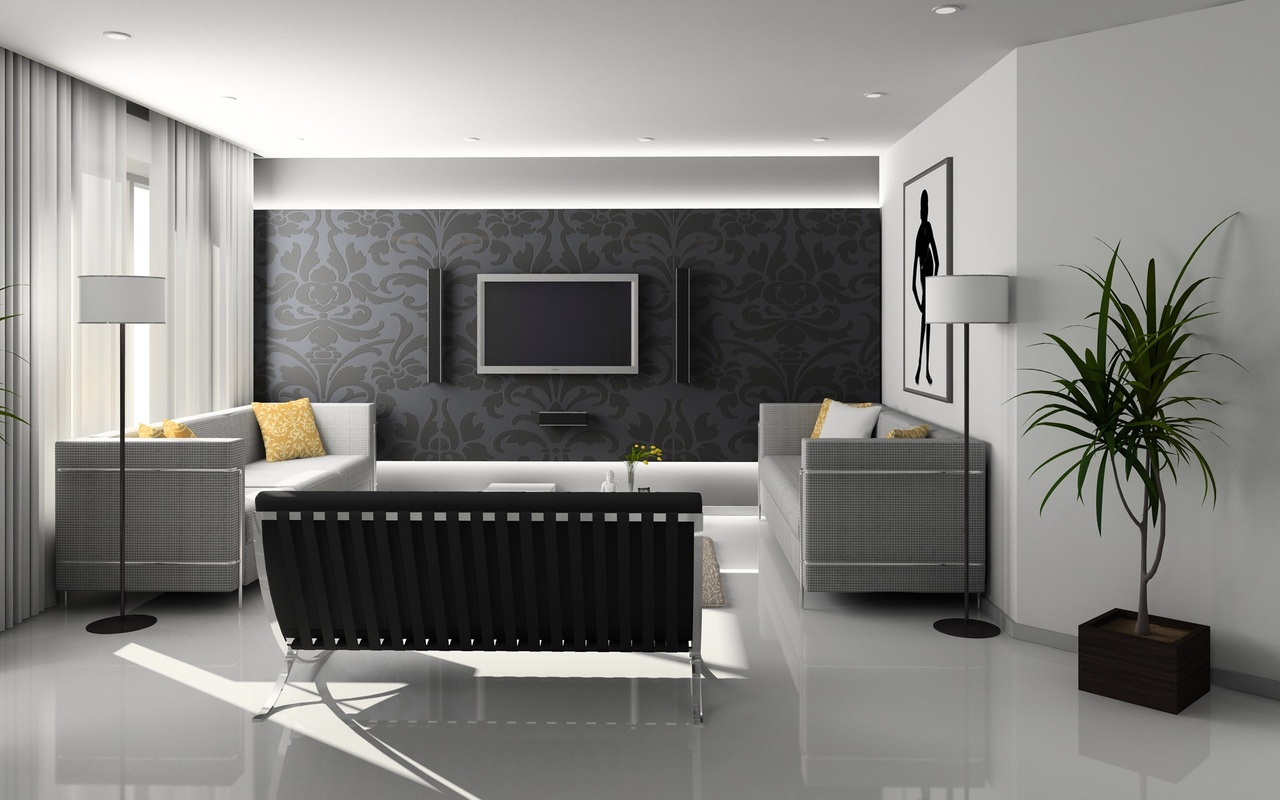Classic living room preferences have developed new designs over time. There are 8 classic design genres so we put together a list just for you.
To make decisions that will satisfy your home aesthetics, you will want to start by looking at these eight classic living room furnishing types. When most of us start out we don’t really understand what are the differences between these genres. How do they fit into my home and how well they will go with each other? That is why I broke it down.
1. Chippendale
Furniture in the Chippendale style is the product of a natural blend of Gothic, rococo, and Chinese architectural influences. The design shows itself as rich, and refined. These are the words that best characterize this type of furniture, which is named after a furniture builder Worcester.
Imposing wardrobes, gothic-inspired seats, scallops, and inlaid tables made of cherry, mahogany, and walnut are among the furnishings that best capture the essence of this theme.
2. Neoclassical
The Neo-classical architecture is a true homage to Rome and Greece’s ancient splendors. In particular, in neo-classical collections, friezes with gilt decorations and columns with intricate designs are a common theme.
Fine decorations, such as gold and silver embroidery, are popular in this style, which is interspersed with the consistency of damask velvet and precious fabrics.
The colors of Neo-classical furniture are ivory, beige, and walnut. These furnishing features are often distinguished by curved lines and other arched parts with gentler curves. Whatever the architecture, this style is ideal for infusing your living room with a sense of elegance.
3. Regency
Regency style is an aesthetic trend that originated in England. In the late 1700s and the early 1800s, it grew in popularity. Tables with flat surfaces, chairs with slim legs, and clean lines made of mahogany and ebony with veneer in rosewood, a variety of wood that offers finishes in startling colors, are typical of Regency-style furniture.
4. Baroque
The grand, dramatic baroque style demonstrates meticulous attention to detail. In reality, baroque furniture is distinguished by its intricate decoration, gleaming gold friezes in gold leaf, and warm mahogany and ebony tones.
Screen printing on occasional desks, intricate coping around the backs of sofas, and ornamental, angled patterns for the weapons all stand out. Each element has a stunning aesthetic appeal, making each piece a true furniture gem.
Despite the ornate decorations, baroque compositions have a gentle symmetrical balance that blends each aspect harmoniously.
5. Empire
The Empire style emerged during Napoleon’s reign and has since established itself as one of the most common and well-liked styles in classical furniture design.
Tables with a central foot with a high, square profile, enhanced with columns and gold decoration, are typical of this design; armchairs and sofas with broad seats and backs, and arms of the same height, for a balanced mix of exclusive lines and softness, are also typical of this design.
Choose a furnishing line in Empire style with shades of walnut and elm veneer, made with materials that provide outstanding cosmetic outcomes combined with top-quality fabrics, if you want to create a sumptuously furnished environment.
6. Biedermeier
In comparison to other styles, the Biedermeier style was developed in the early 1800s and has a sober, critical aesthetic. Unlike the Empire style, for example, this sort of design has done away with all frills in favor of a more linear, formal look.
Curves, geometric patterns, and the regular use of maple, red beech, and walnut, which are identifiable by their distinct textures, are all common features of Biedermeier furniture.
7. The Renaissance period
In the 15th century, Italy produced the first furniture with a perfect Renaissance aesthetic. The deep architectural sense and prominent dramatic appearance of furniture that adheres to the canons of this type can be recognized.
In general, Renaissance-style furnishing elements, such as columns, pediments, and cornices, have decorative features cut into the surface of the wood (walnut or chestnut), but they also have valuable decorative features. The glimmer of gold leaf decoration and the rich tones of the walnut finishes are a fine match for each item’s linear patterns and commanding profiles.
8. Liberty
The Liberty style, synonymous with Art Nouveau and originating from the beginning of the Belle Epoque era, stands as a popular and stylish choice for classical living room furnishings. Characterized by their light, graceful design. These furniture pieces are distinguished by their iconic curved silhouettes. Further accentuated by floral bas-relief decorations, adding an air of elegance and sophistication.
The living room is imbued with the unmistakable elegance of the Liberty style, showcasing luxurious and classy elements. Sofas are adorned with rich fabrics, intricately embroidered with gold and silver threads, while occasional tables feature detailed inlays. Each piece complements the other, collectively enhancing the room’s opulent and sophisticated ambiance in true Liberty style.
9. Art Deco
The unmistakable geometric form that characterizes the Art Deco look is readily identifiable in furniture. It’s a concept that combines elements of a common style genre known for its sophistication and formal harmony.
Fine upholstery and fabrics, used to cover sofas, daybeds, and chairs of various styles, are combined with an elm finish. Enriched by ornamental features, straight lines, and curves on each piece.
10. Colonial
Around the 1500s and the 1800s, furniture in the Colonial style emerged. These bits are made of oak, maple, walnut, and cherry, and have a light, aesthetically pleasing profile. In a plain, balanced style, gentle curves and linear parts blend seamlessly.
Now that you’ve learned about the various characteristics of classic living room models, all you have to do is pick one.
Here are Some Other Articles Related to Your Search:
Home Renovation Made Simpler: Nine Tips You’ll Love
Outdoor Living with Sliding Patio Doors





